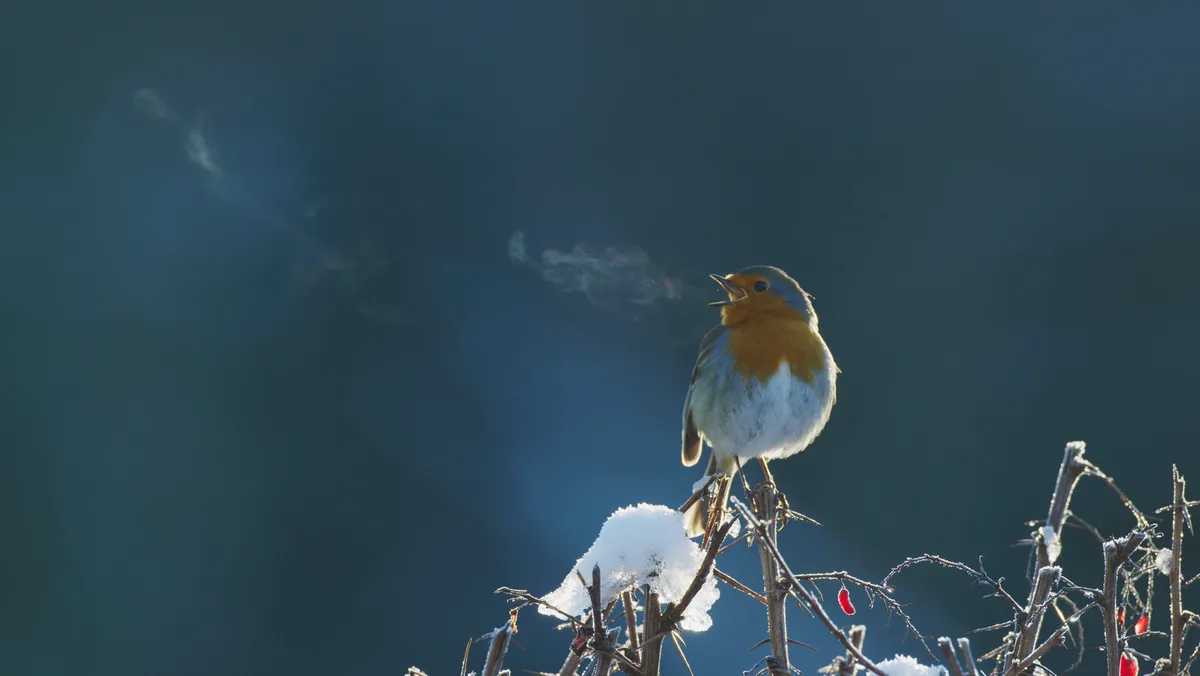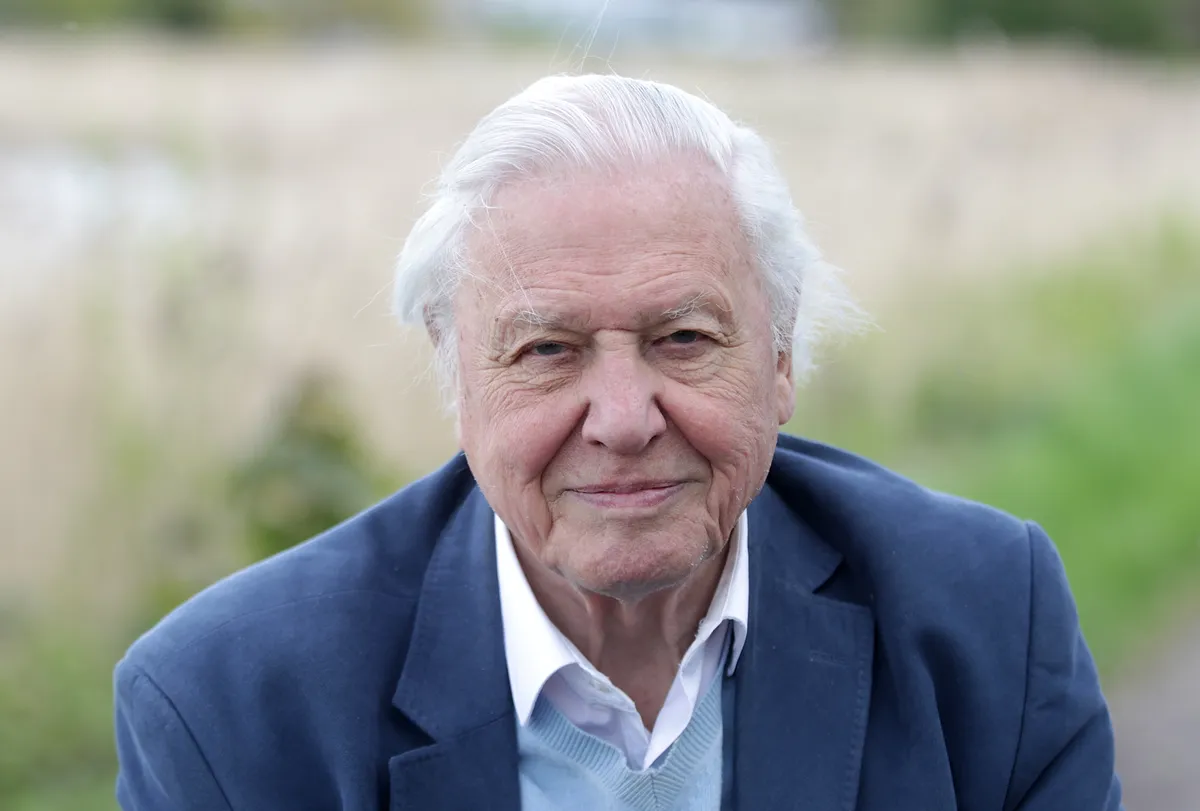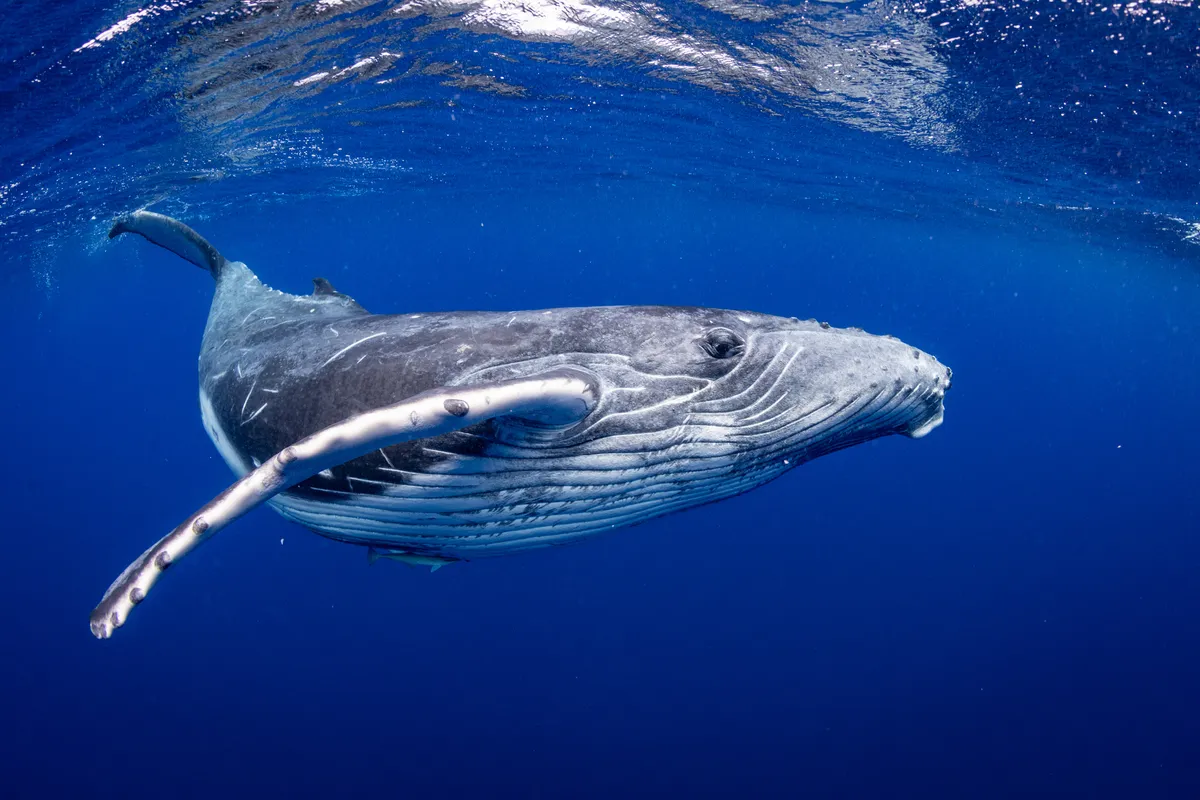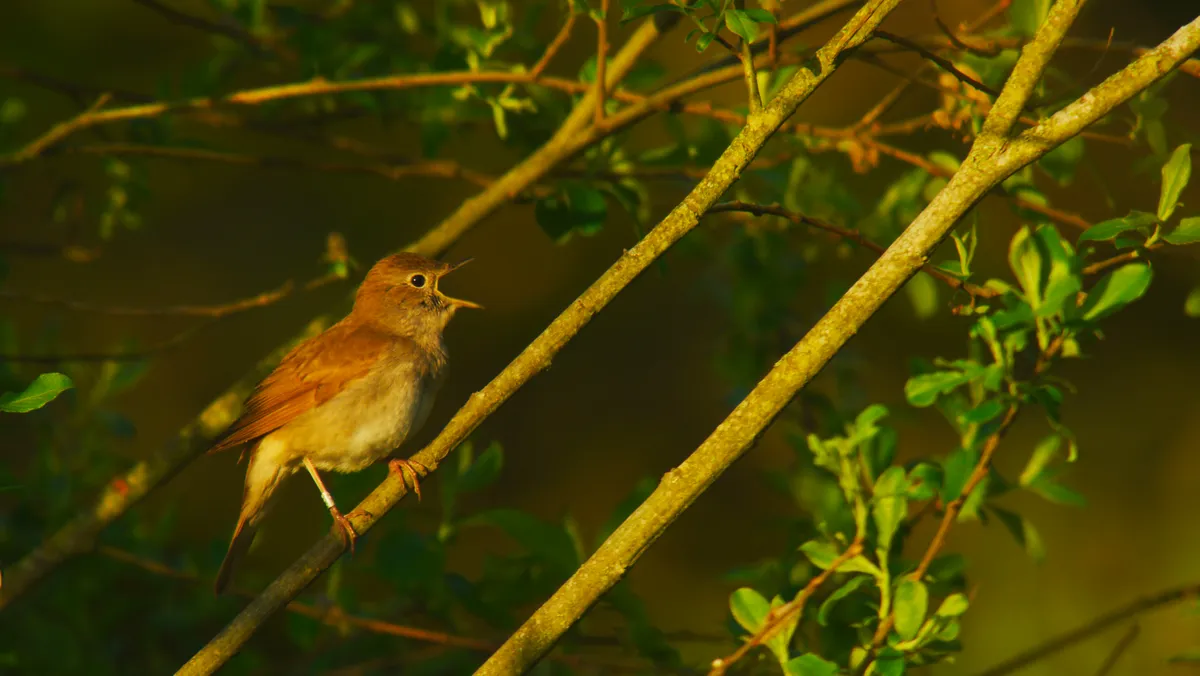When is Attenborough's Wonder of Song on TV?
Attenborough's Wonder of Song will air on BBC One on Monday 3rd January 2022 at 6.30pm, and will be available on BBC iPlayer afterwards.
What is Attenborough's Wonder of Song about?
It’s an early spring morning and we join Sir David Attenborough in a garden to marvel in the cacophony of the dawn chorus at its peak. “There are surely few more enchanting natural soundscapes than this,” he says, and we can’t help but agree (and not just because it's Attenborough saying this).
But as he points out, this beautiful avian chorus is not performed for our benefit, but for the purposes of attracting mates and defending territories. And, in what may come as surprise to some, it’s actually a rather dangerous activity for a bird to perform, giving away an individual’s location to predators.

In this hour-long documentary, Attenborough explores seven recordings of song taken during his lifetime that have particular interest to him. The oldest was recorded when he was just five years old, and one just a few years ago. One of them was even captured by him, and the archive footage of Attenborough doing so is absolutely charming. All have broken new ground and contributed to how our understanding of song has changed since Charles Darwin put forward his theory of sexual selection.
With the seven songs covering a range of species including the humpback whale, the indri (the world’s largest species of lemur) and the lyrebird, it’s a fascinating and thrilling programme and we only wish it could’ve lasted longer.
Who is Sir David Attenborough?

Sir David Attenborough is a world-renowned TV broadcaster and conservationist, who has presented numerous natural history series across a number of decades, with recent programmes including A Perfect Planet, David Attenborough: A Life on Our Planet, Our Planet, and Extinction: The Facts.
Which species appear in Attenborough's Wonder of Song?
Seven key mammal and bird species and their songs will be featured in the documentary, including:
Indri (Indri indri)
Please note that external videos may contain ads:
Also known as the babakoto, the indri is the largest of the lemur species, measuring 60-70cm in length. It has black and white fur, and a pointed bare face. It is found in northeastern Madagascar (all lemurs are endemic to Madagascar), and is most closely related to sifakas and avahis.
The scientific name of the indri, Indri indri, is a tautonym, where the genus and specific name are the same.
Discover more about lemurs:
Humpback whale (Megaptera novaeangliae)

The humpback whale is one of the largest of the baleen whale species and can live for about 80 to 90 years. Its name comes from the distinctive hump on its back. It feeds on krill and small fish, and has one of the longest migrations of any mammal on the planet.
Discover more about whales:
Superb lyrebird (Menura novaehollandiae)
Please note that external videos may contain ads:
The superb lyrebird is one of two lyrebird species, both of which are found in Australia and are among the world's largest songbirds. They have elaborate courtship displays and are able to mimic the calls and noises of other birds and animals.
Interview with the directors and producers of Attenborough's Wonder of Song
Beth Jones and Mike Birkhead share the process of putting together the final film of their Attenborough trilogy.
Who came up with the idea for a documentary on animal song?
We had previously made Attenborough’s Big Birds and Attenborough’s Wonder of Eggs, and wanted to complete the triology with Attenborough’s Wonder of Song. We always talk to David about an idea and see if he’ll consider presenting it before trying to get it commissioned. Then throughout the production process, we chat with him and incorporate his ideas. That was particularly true with this film – it was David who suggested that we include the indri.
It’s also extraordinary to learn that David was a sound pioneer. Very few people were recording audio in the field in the 1960s yet there he was at the vanguard. The archive footage of him with his tape recorder in Madagascar is a joy. He also remembers listening to the Beatrice Harrison and nightingale recording: he said he remembered the real wild world of nature coming into his living room – so we had to include that!

Did Covid-19 pose any problems?
The film was commissioned just before the first regulations came in and we thought that we were going to have to cancel all filming. In the end, we were able to carry on with a single camera operator, George Woodcock, but we couldn’t film with David. We used local crews in Germany and Australia, but didn’t get to see the lyrebirds, which we’d been looking forward to.
How did you choose which songs and species to feature?
Originally, we had wanted the film to just be about birdsong, but in the end we included other species. The film was designed to be about the ‘science of song’, so our stories had to illustrate the evolution in the understanding of the function of song. And we wanted to relate this to Darwin’s theory of sexual selection, and the new research that is changing this long-held idea.
We also decided early on to include the story of Hawaii’s ‘ō‘ō bird, as we felt its extinction and the evocative recording of the last male singing for a mate would make a significant contribution to the film.
What do you hope viewers will take away from the documentary?
We want viewers to enjoy song for song’s sake. But we also want them to appreciate the science of song, and that by appreciating songs, such as that of the humpback whale, we may have saved a species.
Main image: Sir David Attenborough on location for Attenborough's Wonder of Song in Richmond Park. © Mike Birkhead Associates






